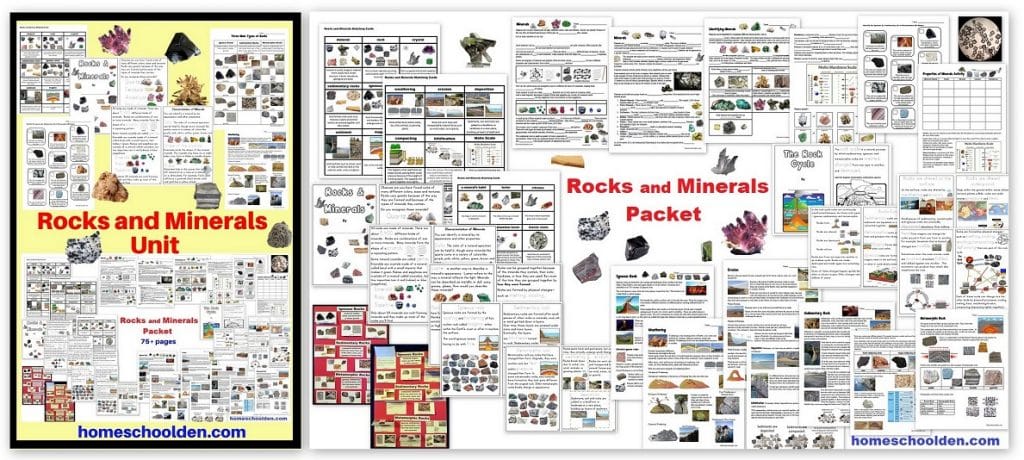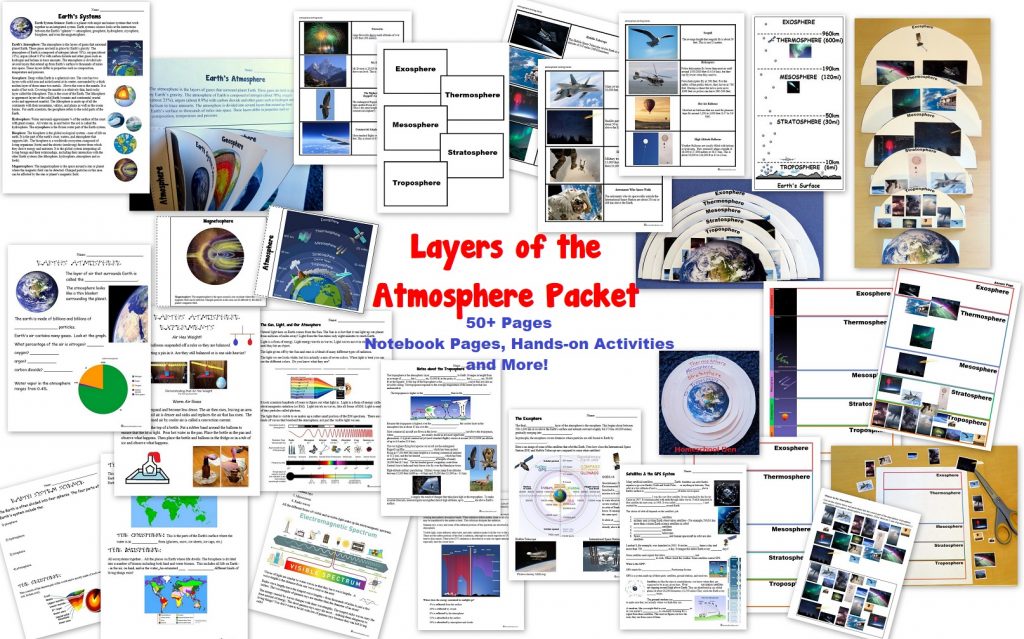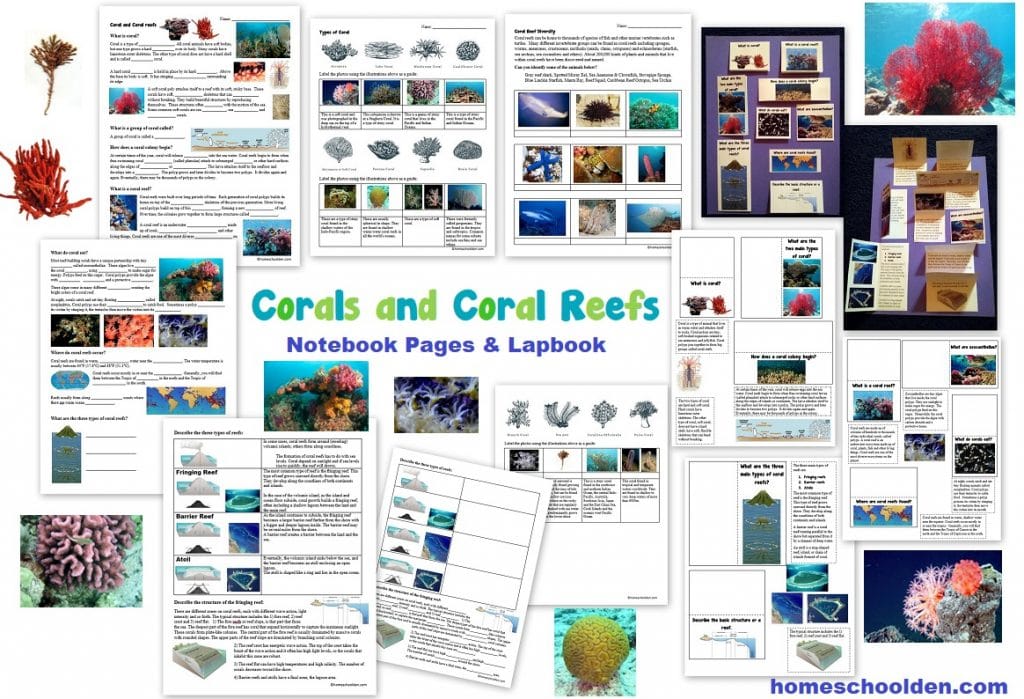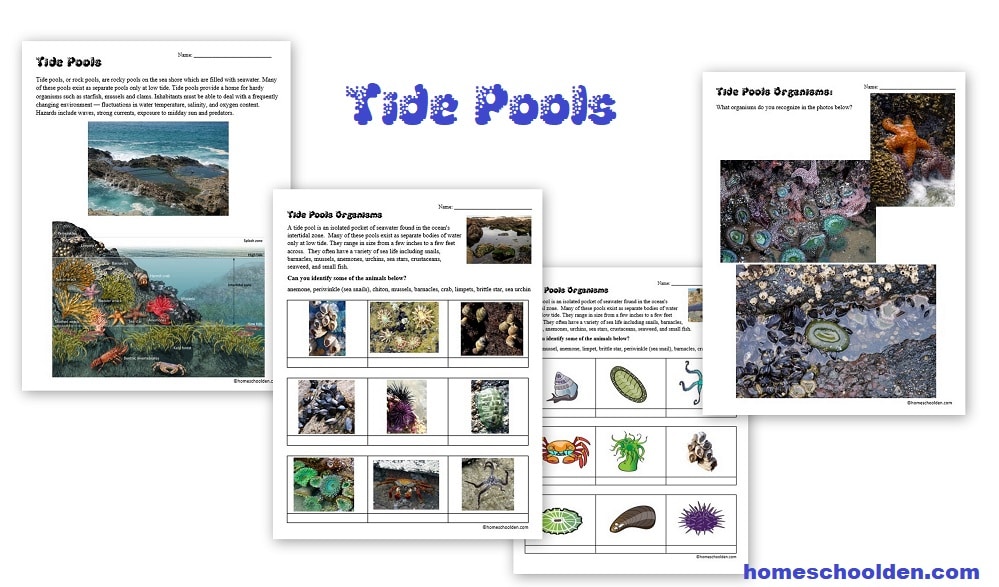Earth’s Systems – Notebook Pages (Free)
These free notebook pages review Earth’s 4 major systems (or spheres) and familiarize students with the scientists who study them.
What are the major Earth Systems? the Atmosphere, Geosphere, Biosphere, Hydrosphere (and Cryosphere)
You’ll find the download link for these free pages below!
- atmosphere
- geosphere
- hydrosphere
- cryosphere
- biosphere
Scientists study the physical, chemical, and biological components of these environments. By subdividing Earth’s systems into subcategories scientists are more easily able to study and understand the planet’s natural cycles and processes.
This semester my youngest is doing a unit on oceans and oceanography – a study of Earth’s hydrosphere. I wanted to be sure she knew that this was one of four major systems that are all interconnected & interlinked.
Atmosphere: The atmosphere is the layer of gases that surround the earth keeping the planet warm and providing oxygen for breathing and carbon dioxide for photosynthesis. Scientists who study the atmosphere are called atmospheric scientists. Those who study the weather are called meteorologists. And those who study seasonal variations over months, years or centuries are called climatologists.
Geosphere: The geosphere includes the interior and surface of the Earth. Both of these are made up of rocks and minerals. The scientists that study this sphere are called geologists.
Hydrosphere: This is the part of the Earth that is covered by water. Oceanography is the study of the physical chemical and biological features of the ocean. Scientists who study the oceans include oceanographers or marine biologists.
Cryosphere: This includes those portions of Earth’s surface where water is in solid form, including sea ice, lake ice, river ice, snow cover, glaciers, ice caps, ice sheets, and frozen ground.
Biosphere: This is the part of the Earth that can support living life. The biosphere extends from underground (down about ten feet where plant roots, animals, insects, bacteria live) and underwater (as deep as the ocean trenches) to higher up in the atmosphere where life (plants and animals down to microbes) can exist. Within the biosphere, living things form ecological communities based on the physical surroundings of an area. These communities are referred to as biomes. Scientists that study living organisms and living systems are called biologists. Those who study plants are called botanists. An ecologist is a scientist who studies the relationship of living things with their living and nonliving environment.
If you are doing units such as Earth Science, the Layers of the Earth, weather, biology & Earth’s biomes, or on the oceans, you may also want to review Earth’s basic spheres.
These are included in both the Earth Science Packet and I’ll be adding the new activity to the Ocean Unit soon. My youngest is doing a big ocean unit this fall and so we spent time going over these… and also going over the names of scientists who might study these systems.


Click on the link or the picture below to download these free notebook pages.
FREE pdf : Earth’s Systems – Notebook Pages and Interactive Notebook Activity

Here are more about our science packets and how we covered each sphere. See the Earth Science Pagefor more details!
Geosphere (Earth Science)
We have gone into a lot of depth about the Geosphere — ie. our Earth Science Unit where we talked about
- Earth’s place in the Solar System
- the Layers of the Earth
- Geography Terms: Earth’s Axis and the Seasons; Latitude Longitude
- Plate Movement Worksheets, Types of Plate Boundaries
- Earthquakes (and we made our own earthquake shake table!)
- 4 Types of Mountains Worksheets, 4 types of Volcanoes Worksheets, Parts of a Volcano Worksheet





 Rocks and Minerals:
Rocks and Minerals:
Earth’s Atmosphere:
We also spent quite a bit of time studying the Layers of the Atmosphere and went on to do a weather unit.


 Weather Unit: Clouds, Winds & Weather
Weather Unit: Clouds, Winds & Weather
Last spring, we went over clouds, winds, fronts and more in our Weather Unit.
Biosphere:
When the kids were younger, we did a lot of mini-units on Animals. You can find out more about the Animal Unit, Rainforest Unit and other material we covered when they were in K-3rd grade or so here at the Big Animal Bundle page.

The Big Animal BUNDLE includes 8 packets. 1) Animal Unit, 2) World Animals Packet, 3) Rainforest Packet, 4) Life Cycles Packet, 5) Winter Packet – plus several mini units 6) the Cicadas Packet and 7) the Chameleon Packet. 8) the Wolves Mini-Unit.
These Animal Units can each be purchased individually as well.
Biology Packet: When the kids were in upper elmentary and middle school, we did a unit on the different biomes and talked about the energy pyramid, food chain/food web, and different biologicial relationships (symbiosis, mutualism, etc.).

Hydrosphere
Ocean Unit: There is so much to learn about Earth’s oceans – everything from marine habitats and water form words, to the features of the ocean floor, ocean life, bioluminescence and more! We covered this unit when my kids were in Middle School and supplemented with the wonderful documentary, Blue Planet – and now Blue Planet 2 (with my youngest who is doing this unit this fall).

See you again soon here or over at our Homeschool Den Facebook Page! Don’t forget to Subscribe to our Homeschool Den Newsletter. You might also want to check out some of our resources pages above (such as our Science, Language Arts, or History Units Resource Pages) which have links to dozens of posts. You might want to join our free Homeschool Den Chat Facebook group. Don’t forget to check out Our Store as well.

The Welcome Series includes 5 packed emails… with tips on homeschooling, keeping motivated, finding various resources and freebies tucked away on the blog and more!
Plus, you’ll be the first to hear about new packets (generally offered at a discount when they are first released), seasonal resources and more!





















































































